Since 1999, the United Nations has designated the 4-10 October as World Space Week, a time to venture forth and learn more about the important role that science and technology plays in our everyday lives.
We’ll be posting more about World Space Week over the next seven days, but to start with, a great way to discover a little more about Australia’s important role in science and technology is by visiting any of the CSIRO Astronomy and Space Science (CASS) visitor centres located at the Parkes Radio Telescope, the Canberra Deep Space Communication Complex or the Paul Wild Observatory (home of the Australia Telescope Compact Array).
Parkes Radio Telescope – Visitor Discovery Centre
Built virtually in the shadow of the 64 metre dish, the Visitor Discovery Centre caters for public curiosity about the radio telescope and radio astronomy. Better know to many as ‘The Dish’, the telescope is a world class instrument used by radio astronomers from around the world to explore the Universe.
The world famous Parkes radio telescope, also known simply as ‘The Dish’ is located 20kms north of the Parkes township along the Newell Highway.
The Visitor Discovery Centre has informative displays and interactive exhibits about radio astronomy and the telescope. One of the exhibit areas currently features some wonderful astrophotography from the prestigious David Malin Awards. A 3D movie theatre regularly screens movies about space exploration (a small charge applies). There is also an award-winning café and a gift shop stocking a wide range of souvenirs and astronomy and science books and toys.
Layout of the Parkes’ Visitor Discovery Centre. Outdoor and indoor exhibits offer a wealth of information about radio astronomy. There are also awesome close-up views of The Dish itself.
For many visitors, they know a little about the facility through the Aussie movie ‘The Dish‘, but the radio telescope is so much more than a story about its role in the Apollo moon missions. It has been instrumental in pushing back the frontiers of space science. It helps scientists to peer into the heart of our galaxy, seek regions where stars are born and listen for radio beacons from rapidly spinning pulsars. Further out into space, it helps us understand the structure of massive clouds of hydrogen gas between the stars, look for black holes and search out the most active radio sources in the universe, quasars.
Kids coming along to the centre will particularly enjoy the AstroKids Scavenger Hunt. A self-guided journey of discovery around the centre and grounds searching out clues to complete a code and discover that what we do is literally ‘out of this world!’
The Parkes Visitor Discovery Centre is open every day (except Dec.25/26) 8.30am to 4.15pm (later in school holidays). Entry is free.
Of course, if you can’t make it in person, why not check out the Parkes live webcam to see where the dish is pointing, or visit the online shop.
Canberra Deep Space Communication Complex – Canberra Space Centre
The Canberra Deep Space Communication Complex (CDSCC) is a part of NASA’s Deep Space Network. It is managed on NASA’s behalf in Australia by CSIRO Astronomy and Space Science. Its daily mission is the provide the vital two-way radio communication link to dozens of robotic interplanetary spacecraft and rovers exploring the solar system and beyond.
The Canberra Deep Space Communication Complex is located 35kms southwest of the nation’s capital in the beautiful Tidbinbilla valley.
The Canberra Space Centre offers visitors the chance to learn about the role that Australia plays in the exploration of space. You can see a piece of the Moon that’s over 3.8 billion years old, view the latest images from across the Solar System and beyond, check out spacecraft models, plus flown space hardware and memorabilia. There are also magnificent views of the antenna complex including the largest single steerable dish in the southern hemisphere, the giant 70 metre antenna known as Deep Space Station 43.
The Canberra Space Centre features two theatres, exhibits of real space hardware and full scale replicas of spacecraft and spacesuits, plus great views across the massive antenna dish complex. Photo: P.Morris
Visitors can learn about the history of space exploration as well as the latest discoveries in the two theatres which continuously screen a variety of films and documentaries (theatres are free entry). Kids will enjoy seeing the foods that astronauts eat in space, and playing with interactive educational computer games or having their photo taken inside a full-size spacesuit.
Grab a coffee or a bite to eat at the Moon Rock Café for a relaxing view of the giant antenna dishes as they track spacecraft hundreds of millions, even billions of kilometres from Earth.
The Canberra Space Centre is open every day (except Dec.25), 9am to 5pm. Entry is free.
Australia Telescope Compact Array – Paul Wild Observatory Visitor Centre
The Australia Telescope Compact Array (ATCA), at the Paul Wild Observatory in Narrabri, is an array of six 22-m antennas used for radio astronomy. It is operated by CSIRO’s Astronomy and Space Science division, and works collectively as part of the Australia Telescope National Facility with the Parkes radio telescope and the Mopra Observatory near Coonabarabran, supporting Australia’s research in radio astronomy.
The dishes of the Australia Telescope Compact Array move in sync to track distant celestial objects. The observatory is located 25kms west of the NSW rural town of Narrabri.
The Visitor Centre is a self-guided display of indoor and outdoor exhibits offering the public a chance to learn about the amazing discoveries being made by radio astronomers who come from around the world to use the leading-edge technology available through the array. An audiovisual theatre (free) screens presentations on the role of the facility, plus some breathtaking timelapse views of the antennas in motion and silhouetted against the backdrop of the Milky Way. The Visitors Centre is unstaffed but open during normal business hours.
The visitor centre at the Australia Telescope Compact Array offers visitors an opportunity to browse through self-guided displays about the amazing science conducted at the facility.
Admission is free. There is a barbeque area available for public use. The visitor centre is at the edge of a dry woodland environment. Kangaroos and galahs are plentiful. Occasionally emus, echidnas and (very occasionally) koalas can be seen.
The ATCA Visitor Centre is open every day (except Dec.25/26), during business hours. Entry is free.
Help us listen to whispers from deep space
The type of work conducted at each facility requires them to be located in isolated and radio quiet areas. Radio frequency interference (RFI) is an increasing problem in a world that is now so interconnected with technology.
One way that you can help us to continue to do our job is by turning off your mobile phones and wi-fi enabled devices when you visit our centres. You’d be surprised, even if your phone was on Pluto, it would still be one of the loudest radio sources in the sky. So you can imagine what it would do if it is switched on and right next to our antenna dishes!
Tip: If you use your mobile phone as your camera, then just switch it into flight/airport mode and still take a picture. Please wait though until after you leave before uploading it to Facebook or Twitter 🙂 Thanks.
We hope that you’ll take a chance to see what Australia is offering during World Space Week.

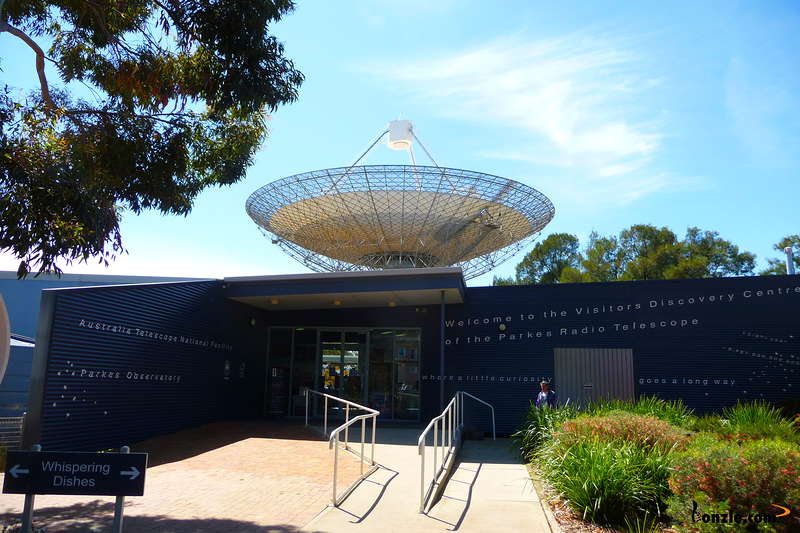
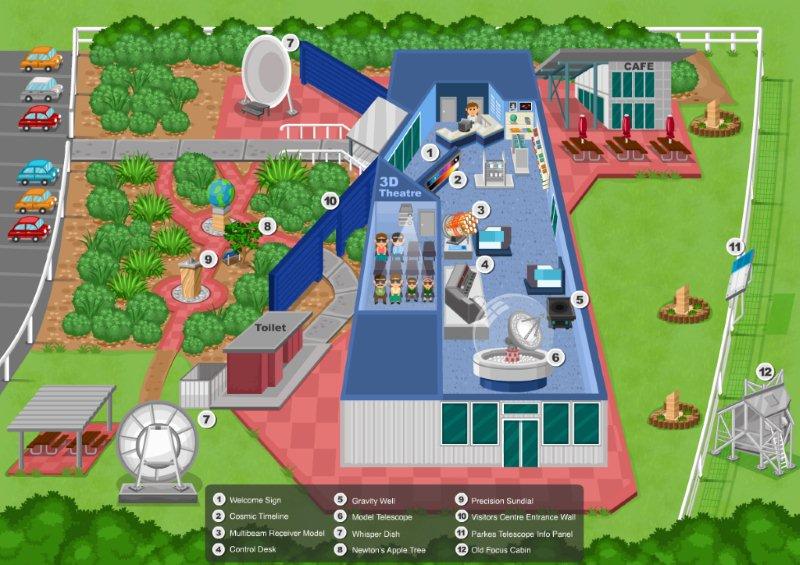
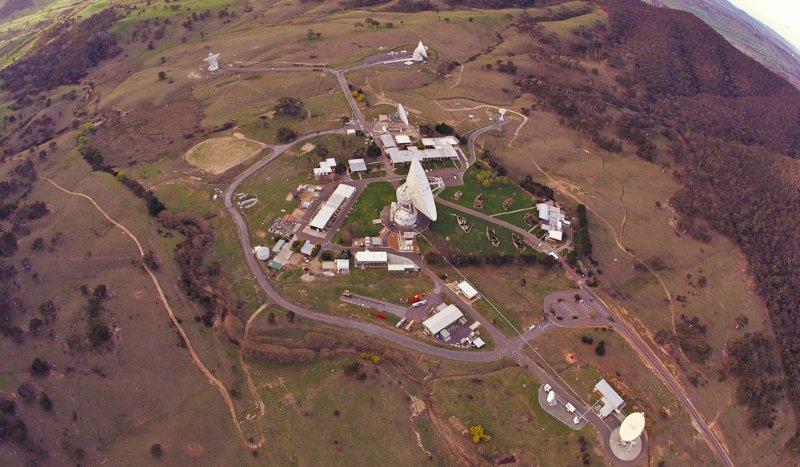

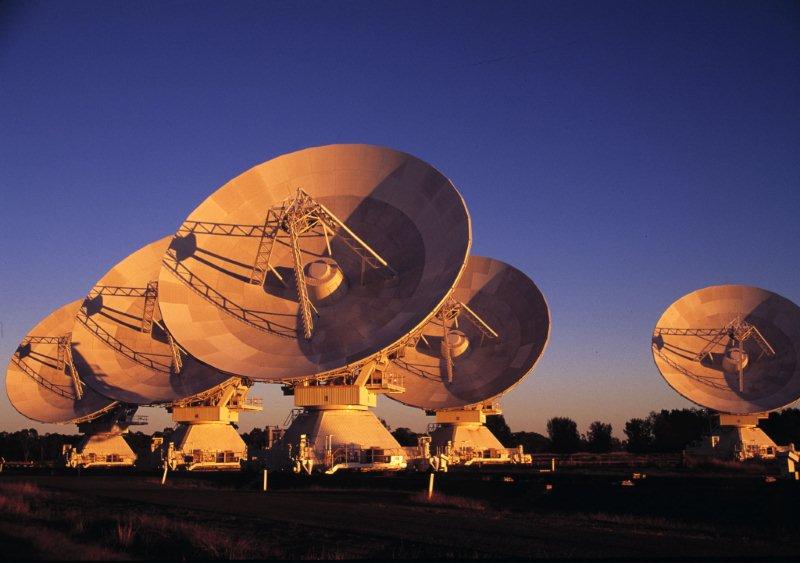
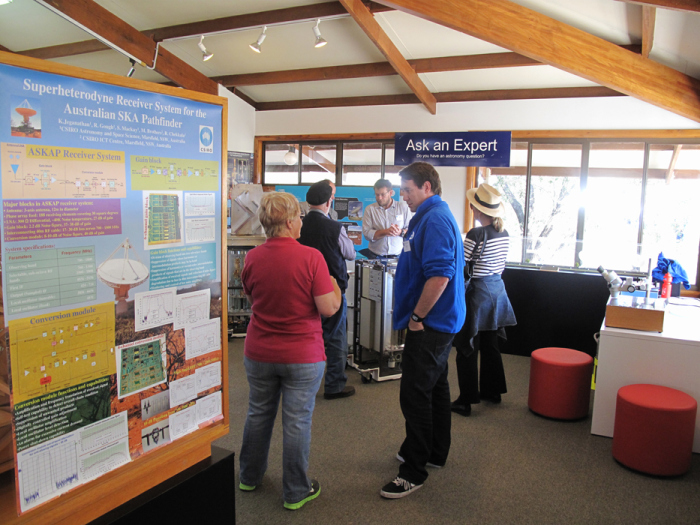

Pingback: Space starts here | Universe @ CSIRO